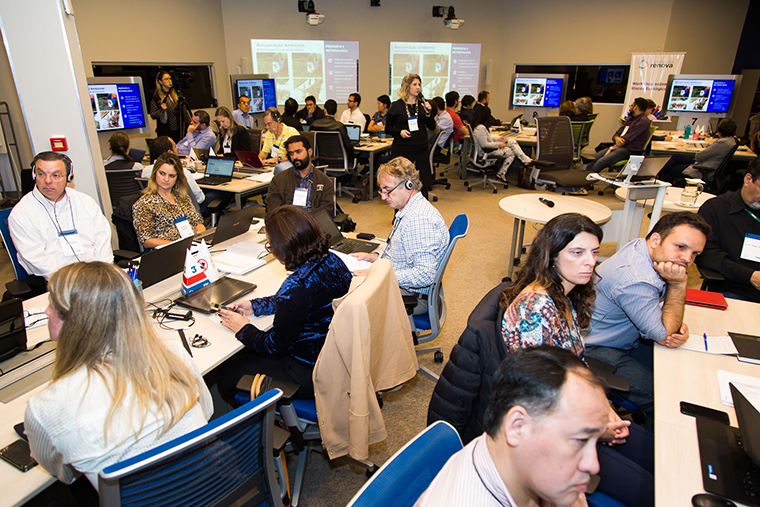Even though the sediment has already been classified as non-toxic, the meeting served to assess the risks to the ecosystem in the long term
Unlike the risks to human health, which are already known and have national and international references, assessing the threats of sediment deposition to the environment is a challenge that requires caution in its execution. Each animal or plant, of each region, has its own characteristics and much study is needed to deal with the specificities of each species. Even though the sediment has already been classified as non-toxic, it is important to assess the risks to the ecosystem in the long term Therefore, the Renova Foundation has gathered about 60 experts from various fields of expertise to discuss the best ways to assess the risks that the sediment released by the collapse of the Fundão dam may bring to the environment.

About 60 experts from various fields of expertise gathered to discuss best practices in addressing the ecological risk caused by the collapse of the Fundão dam. | Photo: Release
According to Juliana Bedoya, leader of the actions related to the tailings management of Renova, there are still no parameters in Brazil to evaluate the ecological threat. “The main challenge is to know how the flora and fauna impacted by the tailings will react. In the case of animals and plants we have to observe regional characteristics, understand these particularities and find the most appropriate way to carry out the best analysis of the ecosystem related to the Doce River basin”, she explains.
At the occasion, the terms of reference for ecological risk were discussed, as well as their purpose, range, scope and premises for their management in contaminated areas. During the workshop, practical cases in Brazil were also presented.
Present at the event were Karin Guiger, of Arcadis; Alexandre Maximiano, of Tecnohidro; Tataiana Furley, of Aplysia; Marcela Corsini, of the US Environmental Protection Agency – EPA Group; John Weir; of CH2M, among others.
It has been proposed to consolidate the term of reference still in 2017.
